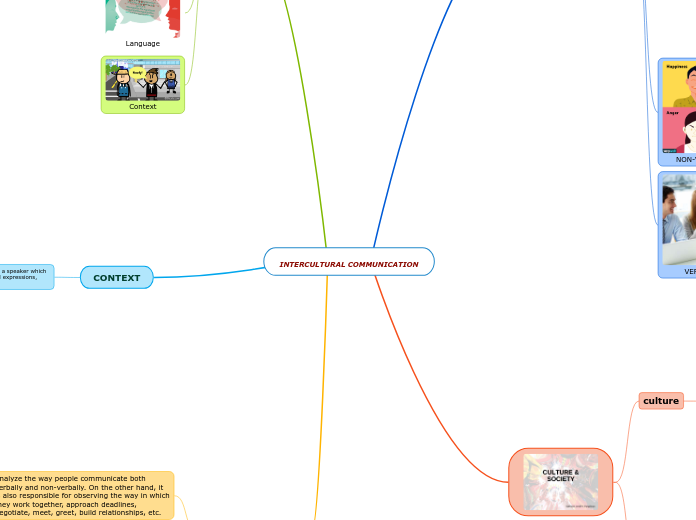Cooperative Language Teaching
In linguistics, syntax is the set of rules, principles, and processes that govern the structure of sentences in a given language, usually including word order.
Five Basic Elements
Group Processing
Face-to-Face Promotive Interaction
Interpersonal and Small Group Skills
Individual and Group Accountability
Positive Interdependence
Theory of learning
On the contrary, it rather supports the idea Vygotski claimed in his Sociocultural (S-C) Theory, which states that “Interaction not only facilitates language learning but is a causative force in acquisition.” (Saville-Troike 2006: 111)
It replaces the idea that students have to work competitively against one another.
Is based on the idea that second language learning can be best done in heterogeneous groups, when all students work collaboratively and cooperatively for one common goal.
What is it?
A complex sentence is a sentence that contains an independent clause and one or more dependent clauses.
An independent clause can stand alone as a sentence, but a dependent clause even though it has a subject and a verb cannot stand alone.
Cooperative Learning is an approach to teaching that makes maximum use of cooperative activities involving pairs and small groups of learners in the classroom.
Is part of a more general instructional approach also known as Collaborative Learning (CL).
Teacher and learner role
The learner
Is primarily to work collaboratively with each other and develop and practice social skills. It is important to accept new ideas from other students, because the students have to share ideas, accept criticism and they have to learn to make use of the foreign language also when the teacher is not around.
The Teacher
Is to provide the material, to set the classroom settings, to set goals for the students, to structure the classroom and the activities and to help and monitor students in the work phase.
Conclusions
A compound sentence is a sentence that has at least two independent clauses joined by a comma, semicolon or conjunction. An independent clause is a clause that has a subject and verb and forms a complete thought.
Therefore they have to analyse possible solutions, which is another reason why heterogeneous groups are an advantage rather than a disadvantage in cooperative language learning environments.
Cooperative language learning also encourages students in their critical thinking, because in cooperative environments, different approaches to certain topics occur and the students have to think and consider the whys and hows.
Cooperative learning is group learning activity organized so that learning is dependent on the socially structured exchange of information between learners in groups and in which each learner is held accountable for his or her own learning and is motivated to increase the learning of others.









